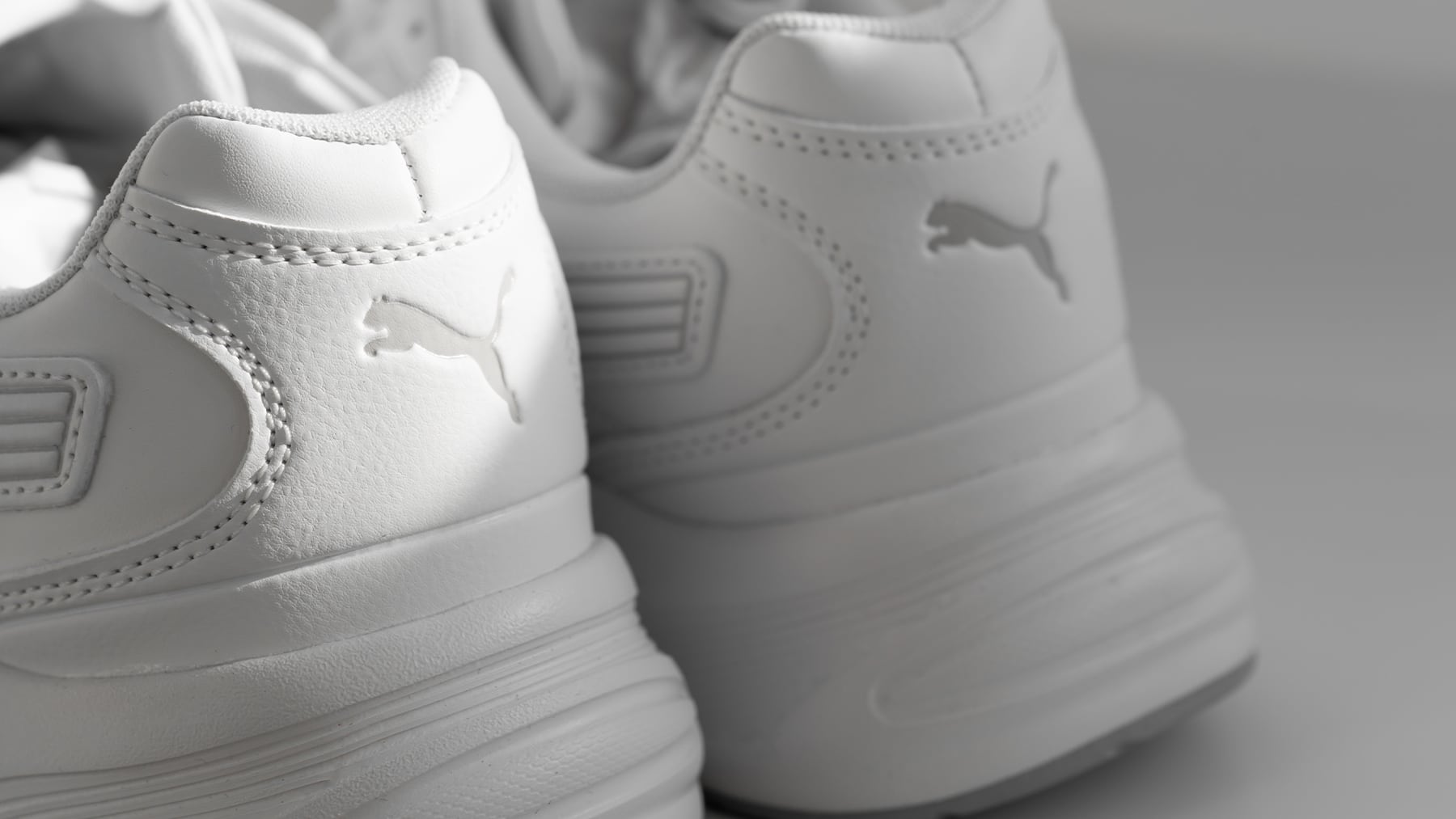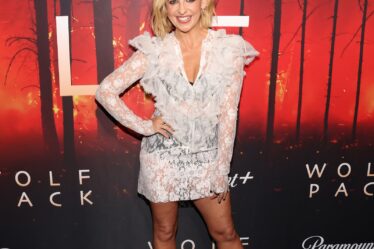
Puma SE sees demand for sneakers and sports gear picking up in the second half, building on major sporting events like the European soccer championships and Summer Olympics in Paris.
The German company expects to gain more momentum as it introduces new products and implements a revival plan, even as it reiterated the more subdued 2024 outlook it presented last month, according to a statement Tuesday.
Puma shares rose as much as 3.9 percent in early trading before paring gains; the stock has declined roughly 30 percent over the past year.
Sports-apparel companies have resorted to markdowns to work through large stockpiles in the past year as inflation and broader economic weakness weighed on consumers in the US and Europe. Puma chief executive officer Arne Freundt — in his second year at the helm — is hoping to spur growth by building out the company’s higher-priced offerings for soccer, basketball and running sportswear.
Freundt will articulate his vision this week with a capital markets event on Thursday and Friday. Puma will invest in its first global brand campaign in 10 years, it said in the statement.
For now, Puma expects to keep grappling with challenges like weak consumer sentiment and ongoing currency fluctuations, geopolitical turmoil and sluggish global economic growth. In the sports world, the Olympics and big soccer tournaments in both Europe and the Americas could offer a reprieve.
Puma also expects to gain momentum on its strategy, which includes introducing new products for running, basketball and soccer, and streamlining distribution in the US and China, it said.
Puma reiterated its forecast for 2024, saying that earnings will probably be in a range of €620 million ($675 million) and €700 million this year. That’s lower than what analysts had been expecting last month.
An industry darling for much of the past decade, Puma has fallen out of favor with some investors and consumers who appear more smitten with smaller rivals like Hoka, New Balance and Switzerland’s On Holding AG. Those brands have gained big market shares in the performance running space, which is helping convince millions of non-runners to try out their shoes for everyday use.
That’s part of a broader trend toward fragmentation in the sports sector, with smaller brands winning over consumers in narrow segments like running with fresh-looking footwear options. It’s creating an identity crisis for legacy players like Nike, Adidas AG and Puma, which need to find a way to appeal to the masses in a more specialist marketplace, Piral Dadhania, an analyst at RBC Capital Markets, said in a note earlier this month.
Puma should probably focus more on sports and less on fashion, while also building out its digital sales platforms so that it’s less reliant on retail partners, John Kernan, an analyst at Cowen, said in a phone interview last week.
Puma’s stock has performed even worse than Nike’s over the past year. Cross-town rival Adidas AG, meanwhile, has gained 36 percent as new CEO Bjorn Gulden — who actually led Puma for most of the past decade — attempts to steer that company out of a thicket of crises that he inherited last year.
By Tim Loh
Learn more:
Puma Hires A$AP Rocky as Creative Director of Formula 1 Partnership
The acclaimed rapper and frequent fashion collaborator will design a capsule collection to be released at the Las Vegas Grand Prix in November. In future seasons, he will have wider creative control over the brand’s multi-year licensing deal with F1.



